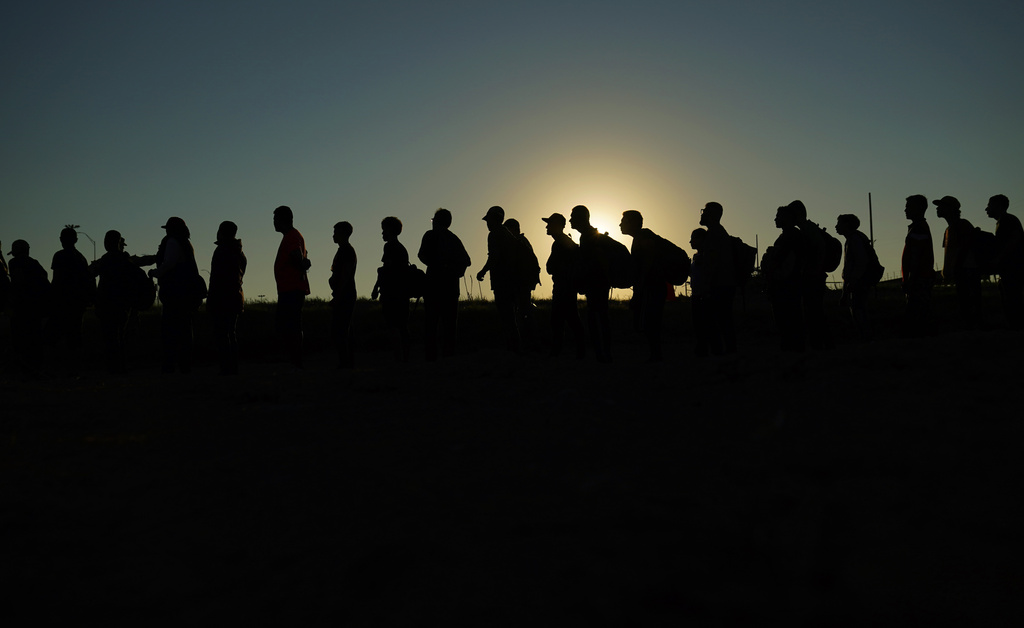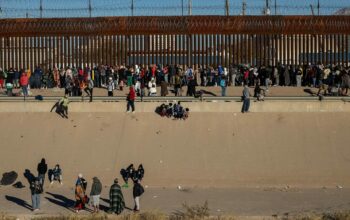More than half of the foreign-born population in the United States lives in just four states — California, Texas, Florida and New York — and their numbers grew older and more educated over the past dozen years, according to a new report released Tuesday by the U.S. Census Bureau.
In 2022, the foreign-born population was estimated to be 46.2 million people, or almost 14% of the U.S. population, with most states seeing double-digit percentage increases in the last dozen years, according to the figures from the bureau’s American Community Survey.
In California, New Jersey, New York and Florida, foreign-born individuals comprised more than 20% of each state’s population. They constituted 1.8% of West Virginia’s population, the smallest rate in the U.S.
Half of the foreign-born residents in the U.S. were from Latin America, although their composition has shifted in the past dozen years, with those from Mexico dropping by about 1 million people and those from South America and Central America increasing by 2.1 million people.
The share of the foreign population from Asia went from more than a quarter to under a third during that time, while the share of African-born went from 4% to 6%.
The report was released as immigration has become a top issue during the 2024 presidential race, with the Biden administration struggling to manage an unprecedented influx of migrants at the Southwest border. Immigration is shaping the elections in a way that could determine control of Congress as Democrats try to outflank Republicans and convince voters they can address problems at the U.S. border with Mexico.

















